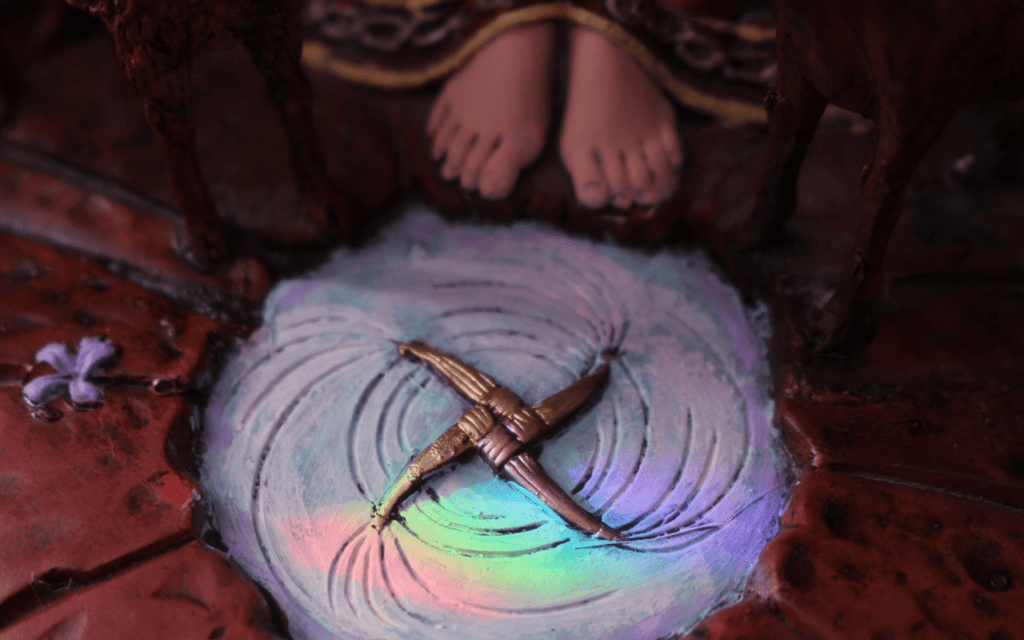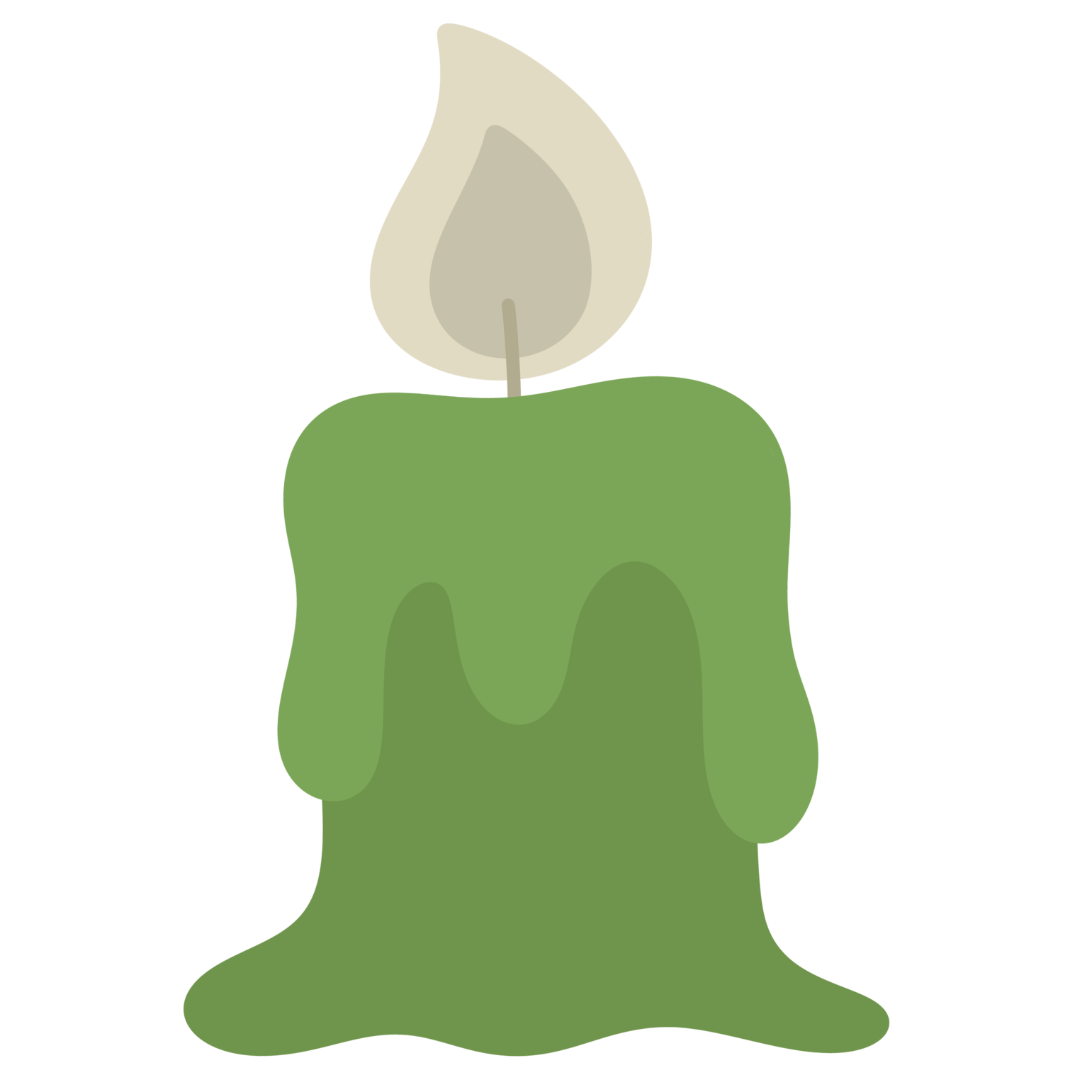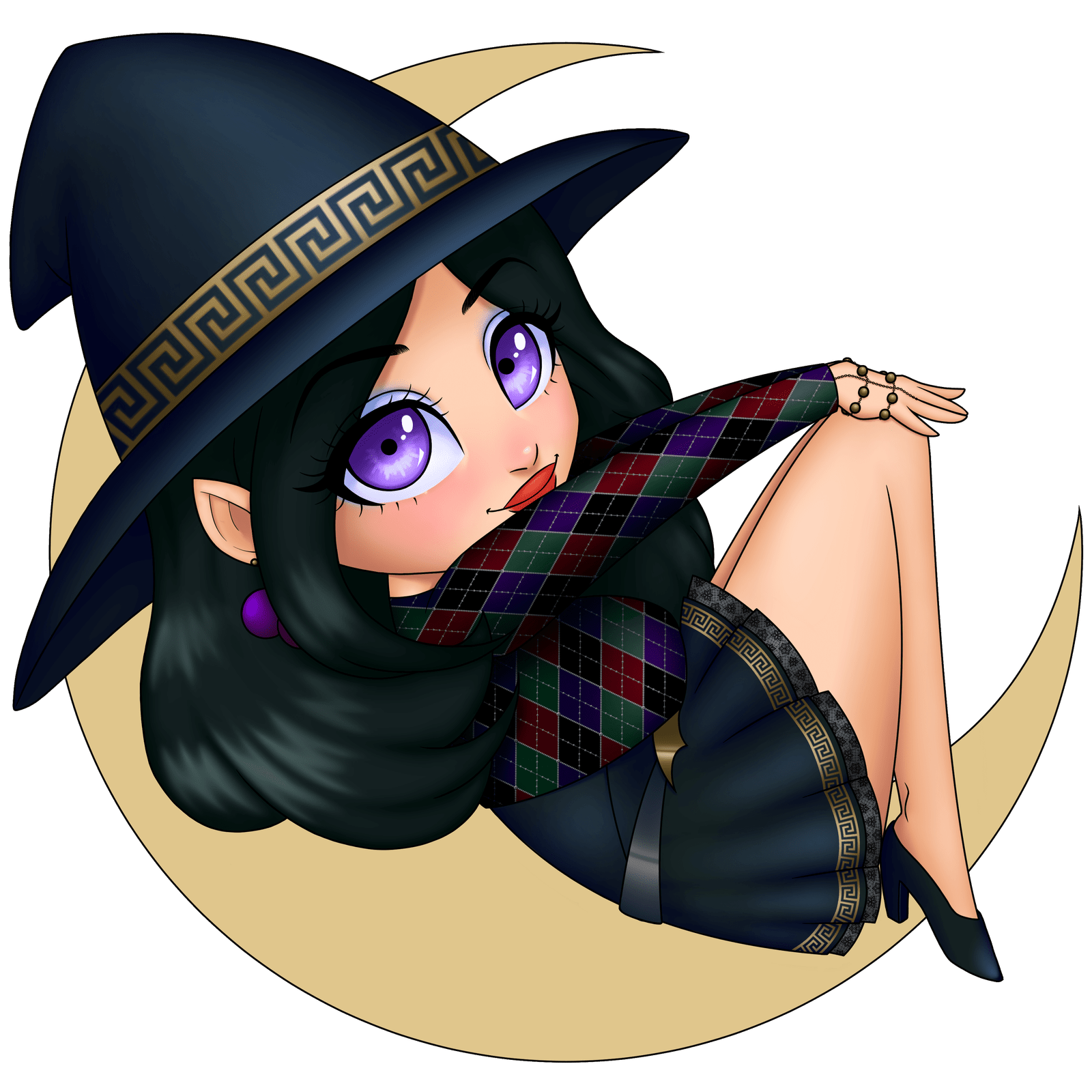Your cart is currently empty!
The Witchy Housewife
Metaphysical Shop & Library
A Khthonic Wiccan Guide to Imbolc

To those living in the Northern Hemisphere, I bid Imbolc’s blessings to all who celebrate! As we move into midwinter, we must remind ourselves that the darkest days are behind us and spring is just around the corner. This is a time of transformation, planning, and cleansing – all to prepare ourselves for the new year which now stands before us. Today, I share with you not only the history of this sabbat, but how I observe and celebrate it on my own path as a Khthonic Wiccan (which you can read about here).
History & Folklore
Coming from either Old Irish ‘i mbolc’ (in the belly [of pregnant ewes]) or ‘Oímelc’ (ewe’s milk), Imbolc (pronounced ‘im-bulk’) is one of the eight sabbats of the Wiccan Wheel of the Year which is inspired by the Gaelic traditional festival of the same name. It may also be called Imbolg or Saint Brigid’s Day. As it occurs during midwinter – the halfway point between the winter solstice and the spring equinox (~Feb. 1st in the Northern Hemisphere/~Aug. 1st in the Southern Hemisphere) – it is considered a Lesser Sabbat, though this does not imply that it is any less important than the four Greater Sabbats.
Imbolc is mentioned in early Irish literature, with some historians arguing that there is evidence to suggest that its observance dates back to ancient times. Regardless of date of origin, the original festival was said to have been associated with the season of lambing and the goddess Brigid, an Irish goddess of fire, metalwork, poetry, healing, protection, and wisdom. Her influence can also be found in Christian and Haitian mythos via figures like Saint Brigid and Maman Brigitte, respectively.
Though little is known about Imbolc’s original rites and customs, there are remaining Old Irish works which give us some cultural insight into the practices around that time period. Besides tending to the livestock, it was also a time of cleansing, blessing, and protection. Around this time of year, people would conduct a spring cleaning of the home, leave offerings of coins or ribbon at holy wells in exchange for water to bless the family and hearth, pour libations to the earth and sea of milk or porridge in soil or running water, and decorate the graves of recently deceased maidens. Brigid’s Crosses, four-armed crosses woven from straw or rushes, would be made and hung over doors, windows, and stables until the next Imbolc to invite Brigid’s protection throughout the year.
On Imbolc’s Eve, if families were considered virtuous, Brigid would visit to bless them and their house. To prepare, a family supper would be made including dishes like sowans, dumplings, colcannon, barmbrack, and bannocks, with some of the meal set aside for her. In many traditions, a bed would be made for her out of straw or rushes, preceded or followed by a member of the family representing Brigid carrying out the more region-specific traditions or a corn dolly called the Dealbh Bríde (Icon of Brigid) being laid in the bed beside a birch wand which represented the wand which Brigid used to bring back the vegetation of spring. Women in some parts of the Hebrides would also dance around the bed holding a large clothing and chanting, “Bridean, Bridean, thig an nall ‘s dean do leabaidh!” (“Brigid, Brigid, come over and make your bed!”) Before bed, some people would leave clothing out overnight to be blessed and others would rake the ashes of the hearth fire smoothly to check for signs of Brigid’s visitation.
On the day of Imbolc, a procession would be held by young maidens, dressed in white and hair unbound, carrying a doll known as the Brídeóg (Little Brigid), made similarly to the corn dollies made for her representation in the home, though sometimes with the embellishment of a shell or crystal set on her chest called the Reul-iuil Bríde (Guiding Star of Brigid). In some places, one of the maidens would instead take on the role of the escorted Brigit, donning Brigid’s Crown, Brigid’s Shield, and Brigid’s Cross, all made from straw or rushes. In some places still, Straw Boys in straw masks and conical hats would occompany these maidens during the procession, playing folk music to accompany the hymns sung by the girls. Throughout the day, the group would go from home to home receiving food or decoration for the Brídeóg. Afterward, the maidens would have a meal with the Brideog seated at the head of the table, put her to bed with a lullaby, and invite local young men in to pay respects to her before joining for an evening of merrymaking.
In what is perhaps a forerunning to the North American event of Groundhog Day, there was also a tradition of observing the behaviors of weather and animals, such as serpents and badgers, to determine how much longer winter would last before the warmer weather finally set in. It was said that, during this time, the hag Cailleach is busy gathering firewood for the remainder of winter. If she requires more time for wood gathering, the weather on Imbolc will be bright and sunny – an indicator that a longer winter is ahead. If the weather is poor, however, Cailleach is instead said to be fast asleep, which indicates that winter is nearing its end.
Even in the modern era, Imbolc is a promise that winter will not last forever, regardless of how the season shows up for you regionally. Gaia begins to stir from her stillness, and flashes of life sprout up from snow or formerly dormant flora. It is a time to clear away the old which does not serve us and to begin plans for the new. Over the winter, we have cocooned, and as we being awaken from this internal slumber, we emerge transformed and rejuvenated.
Today, Wiccans, Druids, and Celtic practitioners are among those who observe Imbolc – with Celtic Reconstructions being the most loyal to its historical traditions. As of 2023, Imbolc has been made an annual public holiday in Ireland, with festivals, parades, and other events marking the occasion. Among other relevant festivals are the Imbolc International Music Festival in Derry, the Brigit Festival in Dublin, and the Imbolc Fire Festival in West Yorkshire.
In Khthonic Wicca
In Khthonic Wicca, we observe the Wheel of the Year through the journey of Persephone. In Persephone’s cyclical seasonal journey, Imbolc marks the beginning of Persephone’s trek to Gaia’s surface. As she spends her final precious moments beside her husband and begins making preparations, Hekate lights the way for her travels, and Demeter begins thawing the surface for her return. We, too, should cleanse and prepare ourselves and our homes at this time to make room for the vibrant energies she brings with her.
In domain, Brigid shares many parallels with the goddesses Hekate, Hestia, and Athene, making them all equally worthy of honor at this time of year. Hekate, of course, in her rule over all realms, is honored on my path year-round. For Athene, we hang a representation of the Aigis in place of a Brigid’s Cross. Finally, while being honored for the whole of February, we give special thanks to Hestia on this day by tending to the home and hearth. As with every Khthonic Wiccan observance of the sabbat, we also take time during Imbolc to offer prayer to the Sacred Triad, to the Olympioi, and to the Protogenoi in accordance with seasonal shifts in energies.
I also tend to observe the sabbats more seasonally. In the case of Imbolc, I begin preparations and decorating around January 11th, moving onto Ostara around February 21st. This, I feel, really gives me the opportunity to enjoy and immerse myself in the seasonal cycle as the Wheel of the Year turns. I see no reason to limit my appreciation for Gaia’s abundant beauty to a single day of celebration at a time.
As acts of service around this time of year, it is recommended to donate blankets and food to those in need, to help clean and cleanse the homes of those who could use your assistance, to shovel and clear away snow and ice on roads and walkways, or to aid in the preparation of a community garden.
Sabbat Correspondences
In paralleling Brigid’s traditional role at Imbolc, we may wish to honor Hekate, Athene, and Hestia at various points in our celebrations. In particular, however, Hestia’s role in home and hearth makes her a particularly wonderful choice for honoring during this sabbat.
In Wicca, we also acknowledge the stage of Divine Youth – the Maiden Goddess and the Youth God. The Goddess has begun to awaken after the birth of the God during Yule. Khaos metamorphosizes into Kosmos just before the Dawning of Existence. Gaia awakens after the birth of Ouranos just before the Dawning of the Tangible. Persephone makes her way toward the surface just before the Dawning of Spring.
Plants: Sage, Angelica, Snowbell, Crocus, Dragon’s Blood
Minerals: Salt, Selenite, Citrine, Larimar, Pyrite
Colors: White, Pale Green, Pale Yellow, Pale Pink, Pale Blue
Animals: Cow, Sheep, Groundhog, Robin, Dragon
Symbols: The Aigis (Brigid’s Cross), Corn Dolly, Besom, Hearth, White Flowers
Tarot: Death, The Empress, The Star
Imbolc Ritual Ideas
Being that this is on or around the first of the month, any of the workings I do at this time come after my Monthly Cleansing Ritual, which I conduct on the first of each month. If you don’t currently have a monthly cleansing routine – which I highly recommend every practicing witch have (The Basics of Spiritual Safety & Wellbeing) – Imbolc is absolutely the time to perform one. I follow this up with my Imbolc Hearth Blessing Ritual, in which I offer prayer to Hestia over a devotional candle. If you are someone who likes to bless your décor, this would be the time to do so.
I may also prepare my symbolic Aigis amulet made from air-dry baking soda “clay” to perform my Hanging of the Aigis Ritual during this time. As with my first ritual, this is a simple process of prayer to Athene followed by the hanging of the recently made amulet near or above the front door, where it will remain until the following year. You may choose to make multiple amulets for other entrances and/or windows.
Finally, I have a personal Khthonic Prayer of Success for the year ahead, followed by my personal favorite Imbolc working, which I refer to as the Embodiment of the Dragon Ritual. For this ritual, I call upon the spirits of dragons to stoke the Spark within my heart – the part of us that makes us who we are – to aid in motivation and enthusiasm and empower my authentic self in the year ahead.
Imbolc Spread Ideas
Imbolc is the perfect time for preserved and pickled foods, dairy products, and cleansing herbs like sage and rosemary. My current Imbolc’s Day spread opens with a charcuterie spread – cheeses, cured meats, nuts, and dried fruits – preferably local. This can be picked on throughout the day or stored in containers in the refrigerator and/or pantry which allow for snacking throughout the season.
For supper on the night of, I serve an entrée of sage and rosemary chicken with sides of balsamic glazed carrots, traditional colcannon, and herbal buttered buns. This may be served with spiced moon milk – which is wonderful for the immune system during this time of year – and a choice of wine, ale, or mead. Finally, for dessert, a baked custard does nicely. If you choose to follow my tradition, you may of course alter or substitute dishes to fit your particular dietary needs and preferences.
For Your Reference
The Digital Grimoire provides a plethora of free resources on witchcraft, Khthonic Wicca, and more. As of today, a quick reference for Imbolc has been added to the Sabbats subsection, available here on my website any time you should need it. Until my next article, have a very blessed Imbolc!
Want to learn more about the Path of Khthonic Wicca? Subscribe to The Witchy Housewife below to receive updates and stay tuned whenever I release a new article. No spam – just updates! )O(

Appreciate the work that I do?
Feel free to leave a tip if you are able.
I am grateful that you are here. 💚

Leave a Reply